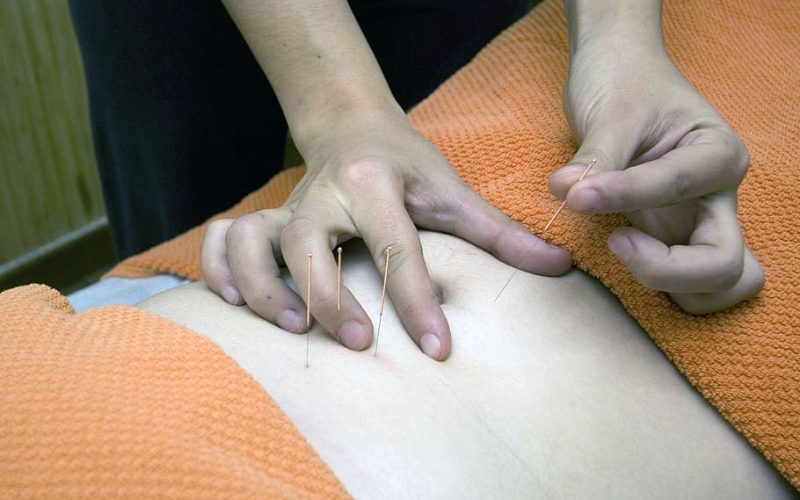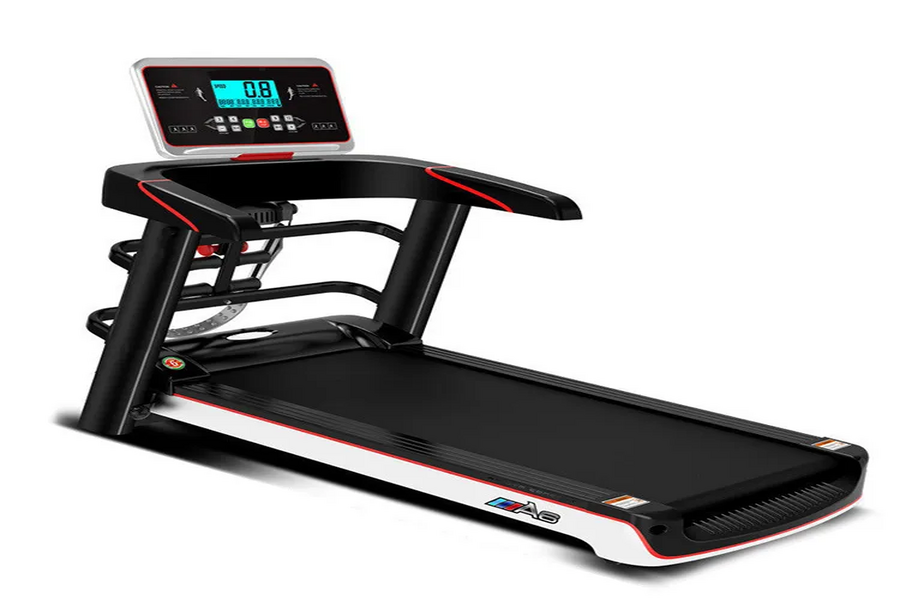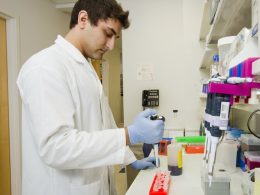If you’ve been experiencing pain and discomfort in your muscles, you may have heard of two popular treatment options: dry needling and acupuncture. While these two therapies may seem similar, they actually have some important differences that you should consider before choosing one. In this article, we’ll explore what dry needling and acupuncture are, how they work, their benefits and risks, and which one might be right for you.
Table of Contents
- Introduction
- What is Dry Needling?
- The Origins of Dry Needling
- How Does Dry Needling Work?
- What Conditions Can Dry Needling Help?
- What is Acupuncture?
- The Origins of Acupuncture
- How Does Acupuncture Work?
- What Conditions Can Acupuncture Help?
- Differences Between Dry Needling and Acupuncture
- Techniques Used
- Theories of Treatment
- Legal Regulations
- Benefits of Dry Needling and Acupuncture
- Pain Relief
- Improved Range of Motion
- Reduced Muscle Tension
- Improved Sleep
- Reduced Stress and Anxiety
- Risks of Dry Needling and Acupuncture
- Pain and Discomfort
- Bruising and Bleeding
- Infection
- Which One Should You Choose?
- Consider Your Condition
- Consider Your Preferences
- Consult with Your Healthcare Provider
- Conclusion
What is Dry Needling?
The Origins of Dry Needling
Dry needling is a technique that originated in the Western medical tradition, specifically from trigger point therapy. In the 1940s, Dr. Janet Travell began using thin needles to treat myofascial pain in her patients. The technique was refined over the years and has become a popular treatment option for muscle pain and dysfunction.
How Does Dry Needling Work?
Dry needling involves inserting thin, sterile needles directly into the muscle tissue at the site of the pain or trigger point. The goal of dry needling is to release tension in the muscle and stimulate the body’s natural healing response. The needles are typically left in place for a few minutes, and patients may experience some discomfort or twitching during the treatment.
What Conditions Can Dry Needling Help?
Dry needling is commonly used to treat muscle pain and dysfunction, including back pain, neck pain, shoulder pain, and headaches. It may also be used to treat conditions such as tennis elbow, carpal tunnel syndrome, and plantar fasciitis.
What is Acupuncture?
The Origins of Acupuncture
Acupuncture is a technique that originated in ancient China over 2,000 years ago. It is based on the theory that the body has energy channels, or meridians, that can become blocked or disrupted, leading to pain and illness. Acupuncture involves inserting thin needles into specific points along these meridians to restore the body’s energy flow.
How Does Acupuncture Work?
Acupuncture needles are typically much thinner than those used in dry needling and are inserted into specific points on the body. The needles may be left in place for up to 30 minutes, and patients may experience a sensation of warmth or tingling during the treatment. The goal of acupuncture is to restore balance to the body’s energy flow and promote healing.
What Conditions Can Acupuncture Help?
Acupuncture is commonly used to treat a variety of conditions, including pain, stress, anxiety, and depression. It may also be used to treat conditions such as digestive disorders, respiratory disorders, and menstrual cramps. Acupuncture is often used as a complementary therapy in conjunction with other medical treatments.
Differences Between Dry Needling and Acupuncture
While dry needling and acupuncture may seem similar, there are some important differences between the two techniques.
Techniques Used
Dry needling involves inserting needles directly into the muscle tissue, while acupuncture involves inserting needles into specific points along the body’s meridians.
Theories of Treatment
Dry needling is based on the theory of trigger points and the release of tension in the muscle tissue. Acupuncture is based on the theory of energy flow and restoring balance to the body’s meridians.
Legal Regulations
The legal regulations surrounding dry needling and acupuncture vary depending on the state or country. In some places, dry needling is only allowed to be performed by licensed healthcare professionals, while in other places, it may be performed by anyone with proper training. Acupuncture is typically regulated and performed by licensed acupuncturists.
Benefits of Dry Needling and Acupuncture
Both dry needling and acupuncture offer a variety of potential benefits for patients. The benefits of acupuncture can be very noticeable in some people. So let’s see in what situations or ailments this practice with more than 2500 years of history could be useful .
Reduces anxiety and stress
Usually, when faced with a severe picture of anxiety, the solution involves pharmacological treatments with notable side effects. However, before resorting to these options, if the case allows, you should try to control it with other methods. For example, the control of stress and anxiety is one of the benefits of acupuncture that most people claim to have, since it relieves muscle tension and increases endorphin levels in the body , which reduces the fight-or-flight response to the state.
Alleviate the pain
Although it does not work in the same way as a medicine or a chemical compound specially designed for it, relieving pain through acupuncture is another of its benefits. According to several investigations, when sticking these small needles into the skin, our body could release natural pain-relieving compounds. In this way, acupuncture has been used for a long time to relieve headaches, back and joint pain and other types of chronic pain.
Increases energy
Acupuncture can also help increase energy levels in the body. This is because, when the needling is performed, they stimulate the flow of energy through the meridians, which helps to balance the energy.
Reduces the desire to smoke
Acupuncture is also used as a complementary treatment for those who want to quit smoking. Specifically, this therapy helps reduce the desire to smoke along with the anxiety and irritability that it causes when doing so.
Has few side effects
One of the benefits of acupuncture is that its list of side effects is very short. Especially if we take into account that the application is not recommended in person who suffer from bleeding problems, have a pacemaker or are pregnant. Going to a person with previous training, the risks of this ancient practice are minimal. So, you have a much better chance of winning something than losing.
Risks of Dry Needling and Acupuncture
While dry needling and acupuncture are generally considered safe, there are some risks associated with these techniques.
Pain and Discomfort
Patients may experience some discomfort during the treatment, particularly with dry needling. However, this discomfort is usually temporary and subsides shortly after the treatment.
Bruising and Bleeding
Patients may experience some bruising or bleeding at the site of the needle insertion, particularly with acupuncture. However, this is usually minor and does not require medical attention.
Infection
There is a small risk of infection with both dry needling and acupuncture if proper sterile techniques are not followed.
Which One Should You Choose?
When considering whether to choose dry needling or acupuncture, there are several factors to consider.
Consider Your Condition
Dry needling is often used to treat musculoskeletal pain and dysfunction, while acupuncture is used to treat a wide range of conditions, including pain, stress, and anxiety. Consider what condition you are seeking treatment for and which technique may be more appropriate.
Consider Your Preferences
Some patients may prefer one technique over the other based on their personal preferences or experiences.
Consult with Your Healthcare Provider
It’s important to consult with your healthcare provider before beginning any new treatment. They can help you determine which technique may be most appropriate for your specific condition and provide guidance on finding a qualified practitioner.
Conclusion
Dry needling and acupuncture are both effective techniques for treating pain and promoting healing. While there are some differences between the two techniques, both offer potential benefits for patients. When considering which technique to choose, it’s important to consider your specific condition, preferences, and guidance from your healthcare provider.









